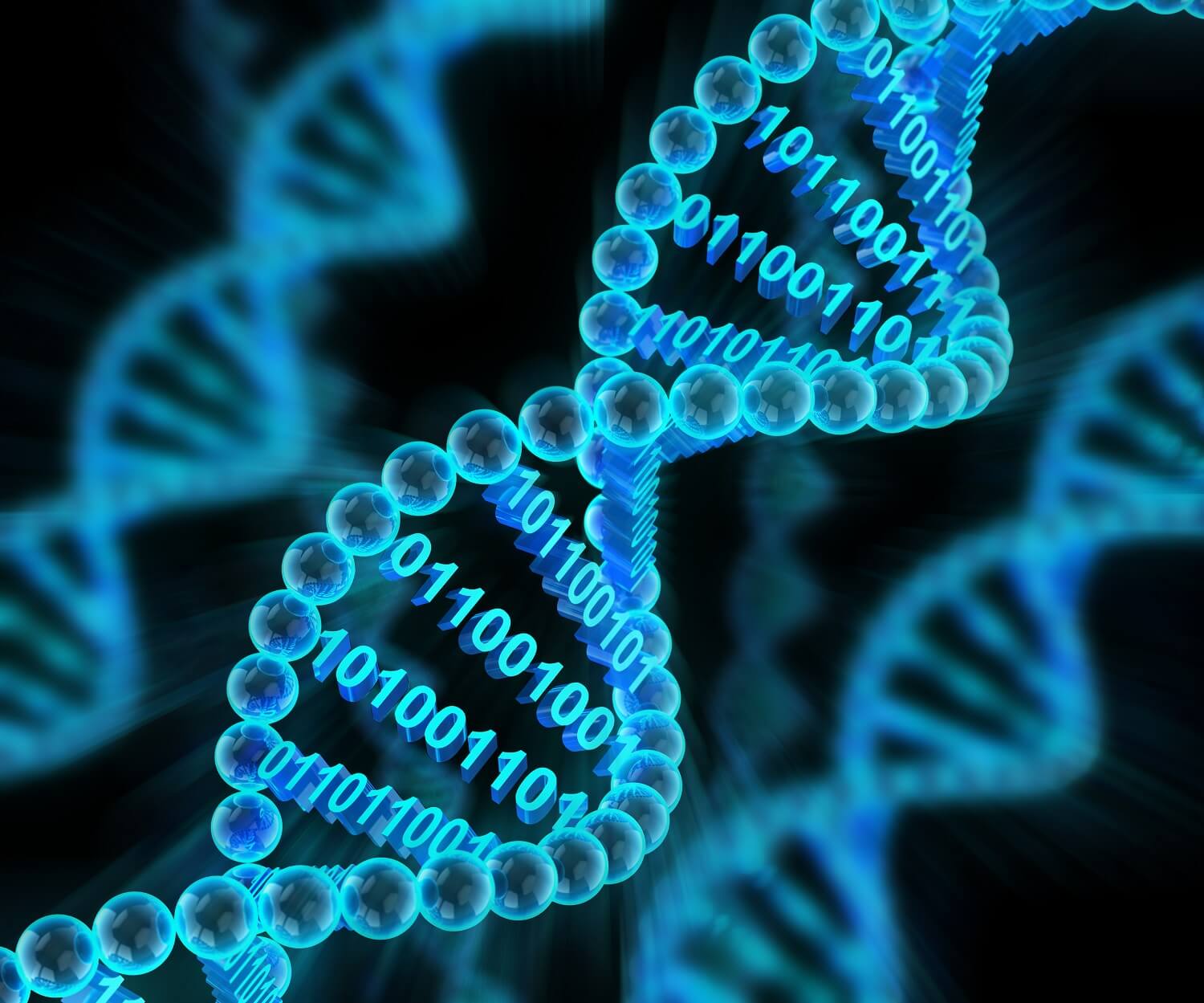Will ddPCR replace qPCR technology?
A few years ago the efficient technology for splitting samples into hundreds of individual reactions of the same size became available and caused rapid development of the ddPCR. First platforms offered approximately 3,000 replicates per sample while the latest platforms are already offering up to 1,000,000 replicates. Will ddPCR endanger qPCR’s status in the laboratories? Is it even possible?
While the second generation of PCR i.e. Real-time PCR (qPCR) is becoming a mature technique, a third generation droplet digital PCR (ddPCR) has arisen. ddPCR is fundamentally different from qPCR and therefore requires its own platforms, has different data format and results interpretation. But is it really that different from qPCR?
The main principle of ddPCR is that a single sample is diluted and then split into many reactions (of nl or pl volume). Each reaction contains only one copy of DNA template or no copies at all. This is the first major difference between ddPCR and traditional PCR/qPCR. Reactions that take place in droplets are the same as the qPCR reactions and the same fluorescence-based chemistry is used (usually fluorescently labelled hydrolysis probes). However, with ddPCR technology, only the end-point detection of fluorescence is performed followed by counting and statistical analysis of “positive” or “negative” droplets.
ddPCR has many advantages over qPCR:
Although qPCR gives low technical variation in Cq values between replicates, this imprecision becomes substantially larger when the logarithm scale (in which the qPCR fluorescence data is usually shown) is transformed into the linear one. This has an impact on the absolute copy number determination, which is completely dependent on a standard curve data. Unlike qPCR, ddPCR provides a linear response to the number of copies present which allows low-fold copy number differences to be detected. The number of positive and negative amplification reactions is used to determine the precise measurement of target concentration (e.g. distinguishing between 4 and 5 copies of target DNA if using some 1200 replicates). By isolating individual DNA molecules into separate reactions ddPCR effectively enriches target DNA molecules that are present at very low levels in the excessive background of DNA molecules. Therefore ddPCR can be used for detection of rare mutations / alleles in the early stages of cancer development or mutations of foetal DNA and foetal trisomy 21 present in peripheral blood of pregnant women. In these cases the targets have low abundance of approximately one per 1,000-10,000 wild type sequences which is a big challenge for qPCR, although castPCR™ (Competitive allele-specific TaqMan® PCR) technology (recently established by Life technologies) enhanced specificity of qPCR and can compete with ddPCR to certain extent in this application.
ddPCR is also less sensitive to inhibitors than qPCR because of the end-point fluorescence measurement which only gives information about positive and negative nature of the results. Using qPCR, the fluorescence during the amplification is measured in real-time (hence the name) and is therefore sensitive to amplification efficiency, background drifts, and measurement errors which in the end interfere with Cq values and the estimation of target DNA concentration.
ddPCR takes researchers beyond the limits of qPCR for applications that require precise absolute quantification of targeted DNA molecules. This is actually a copy number determination without having to use a reference. Although ddPCR is still limited by a Poisson error law and by losses during processing and handling samples, improvements will most probably bring ddPCR a step closer to become a method of choice for precise absolute quantification nucleic acids (e.g. for viral standards, absolute quantification of GMOs in the food and feed samples and absolute quantification of next generation sequencing libraries for quality control).
Most reliable analyses performed by qPCR are singleplex because competition for reagents compromises sensitivity and accuracy of the multiplex assays. Furthermore the crosstalk between detection channels allows only up to 4-5 parallel reactions in comparison to ddPCR which has currently potential for 10-plex by clustering amplicons according to amplicon size and amplicon composition (no competition for reagents and no crosstalk).
Why would one still use qPCR?
ddPCR is a new technology and its broader application in everyday use is still difficult because of its high cost per sample analysis and low throughput capability. Besides that, many applications do not even require large number of reactions and high precision copy-number resolution (provided by ddPCR) to get the result.
On the contrary, qPCR has a very broad application range from HRM (high resolution melt) analyses, genotyping (SNP detection), single cell analyses, miRNA analyses, relative and absolute quantification to pathogen diagnostics, gene expression etc. qPCR is an established technique with robust and reliable instruments and chemistries available and installed in almost every molecular laboratory all over the world assuring cost-effective analyses.
Today, series of optimised qPCR assays that can be ordered from different vendors and completely automated solutions (from samples-to-results) are available. qPCR is also becoming more and more standardised with the help of MIQE Guidelines (Minimum Information required for appropriate publication of qPCR data).
ddPCR is definitely an exciting new technology. We can assume with great certainty that it will become an established tool in the molecular biology laboratories and coexist with qPCR technology. It’s use will have an important role in absolute quantification applications (like quantification of GMOs), as conformational tool for ambiguous results of qPCR, for detection of rare cancer biomarkers (e.g. search for rare circulating tumour cells) in body fluids, as well as pre-natal screening biomarkers in maternal blood which will hold promise towards non-invasive diagnostics in the future.
By Matjaz Hren, PhD, COO, Head of Research and Development BioSistemika LLC










